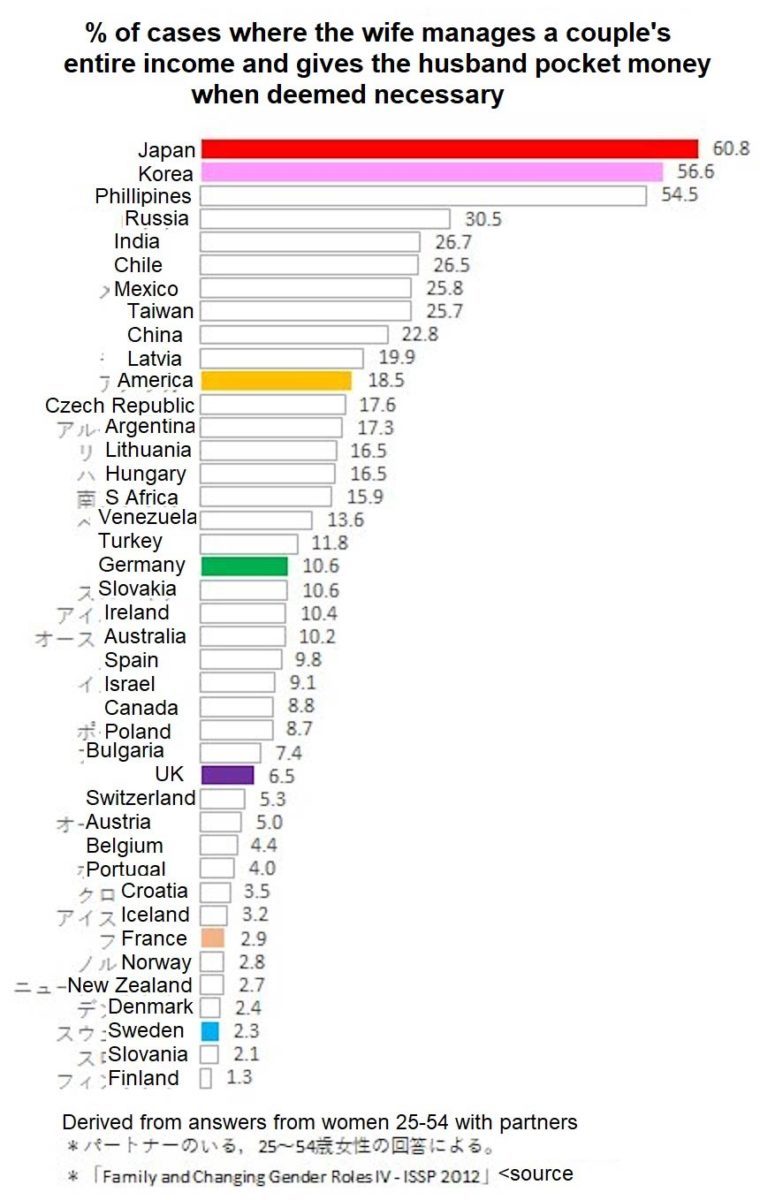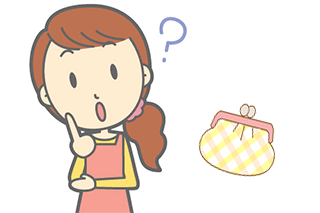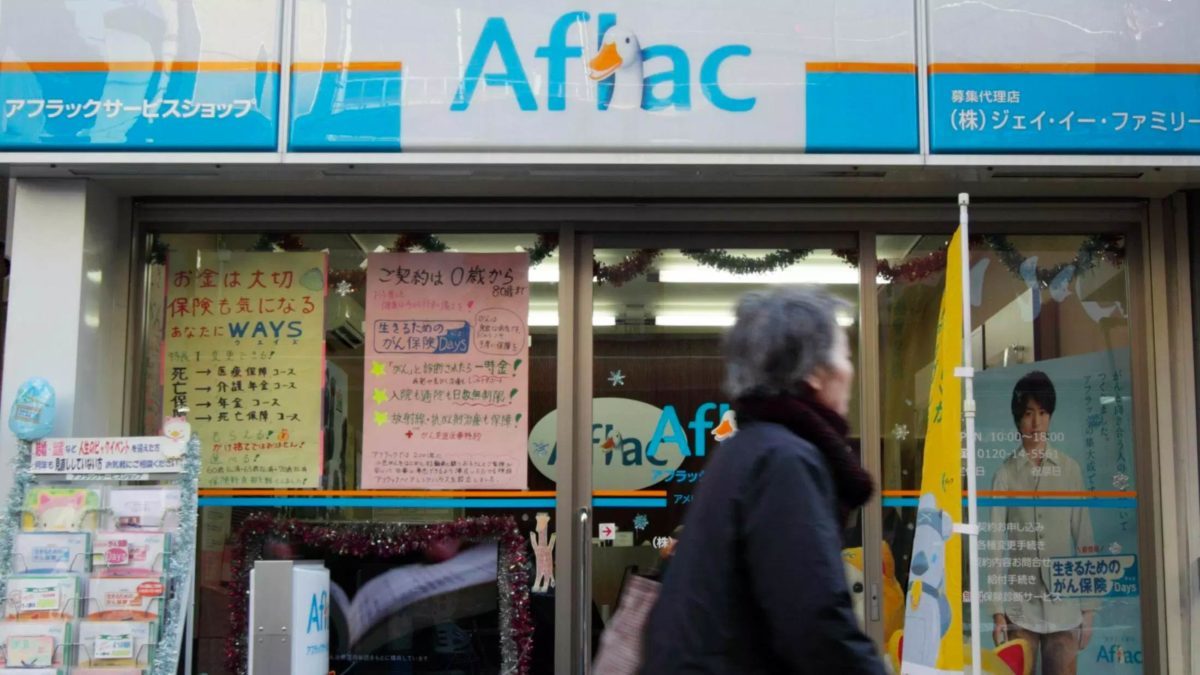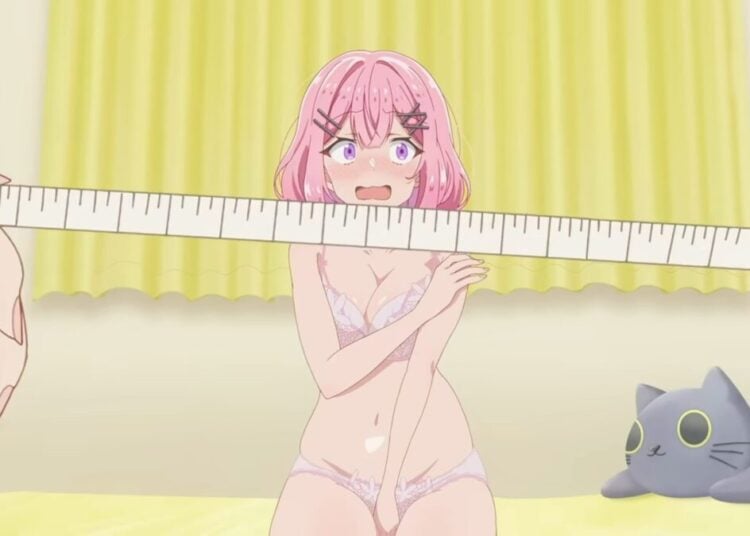One thing about living in Japan: pretty much every long-term foreign resident is a male married to a Japanese woman. So I’ve got a lot of friends who are in a similar situation as myself, “strangers in a strange land” from the U.S., the U.K., Canada, New Zealand and so on, who are married to Japanese women. One day, an American friend of mine asked me, “Peter, how much monthly allowance do you give your wife to run the household?” This was quite amusing to me because my wife and I follow the common Japanese practice of the wife taking charge of the family expenses, and giving me money to buy whatever I need during the month as pocket money.
This topic came up in a post on Reddit (original data source here), discussing the percentage of cases where the wife manages the couple’s income and gives the husband pocket money. Japan leads this trend, at 60%, followed by Korea and the Philippines. America is at 18%, while the U.K. is 6.5%.
The reason Japanese men (and me) like leaving the monthly money handling up to their wives is, the result is usually much better than if we were to do it ourselves. In my own case it helps that Mrs. J-List is a trained bookkeeper, so I know she’ll do a good job, managing our various expenses, making sure loan payments are made, and so on. Which frees me to lose the rest of our money on the stock market.
You may have heard that Japanese love to save money, and it’s true. As of 2017, the average cash savings for Japanese household was $100,000, with older households having around $120,000, and younger ones at around $60,000. The Japanese are perhaps the most risk-averse people on the planet, preferring to save money in a bank that pays 0.01% interest rather than growing it through investments. Another reason Japanese husbands (and me) are happy to leave our monthly finances up to our wives is, we know they will do smart things like save for the future, that we men might not be as good at.
Another aspect of life in Japan is insurance. The Japanese love insurance, and are the most insured (probably over-insured) country on the planet. One of the great business success stories of the 20th century came in 1970, when Aflac president John Amos visited the Osaka World Fair. He noticed how health-conscious Japanese people were, wearing face masks in public to guard against germs, and reasoned that selling insurance to them might be a profitable idea. 48 years later, Aflac makes around $3 billion a year from sales in Japan, from an initial investment of something like $20,000.
Did you enjoy learning about how Japanese households run their family budgets? How do you do things in your home? Tell us on Twitter!








![Sawaranaide Kotesashi Kun Episode 12 [END] Featured Image](https://blog.jlist.com/wp-content/uploads/2025/12/Sawaranaide-Kotesashi-kun-Episode-12-END-Featured-Image-120x86.jpg)









